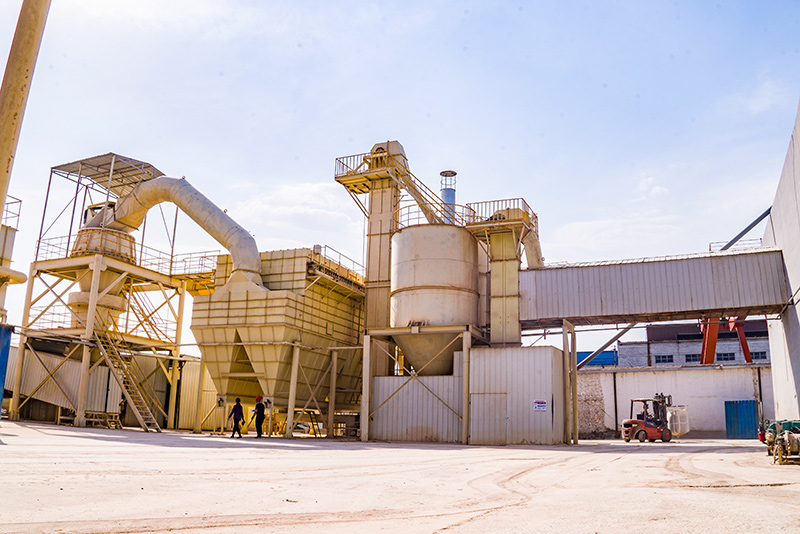The Conclusion of Sand Casting A Comprehensive Overview
Sand casting, a traditional and widely-used metal forming process, has been a cornerstone in the manufacturing industry for centuries. It involves creating a mold from a mixture of sand and a binding agent, then pouring molten metal into this mold to produce parts. With its ubiquitous presence in various sectors such as automotive, aerospace, and art, understanding the conclusion and implications of sand casting is vital for both engineers and manufacturers.
Historical Significance
The history of sand casting dates back to ancient civilizations. The Egyptians, Greeks, and Chinese utilized this method to create various metal artifacts. The technique has evolved over time, adapting to new materials and technologies. Today, it remains relevant due to its cost-effectiveness and the ability to produce complex shapes that might be challenging to achieve with other methods.
Advantages of Sand Casting
One of the primary advantages of sand casting is its versatility. It can accommodate a wide range of metals, including ferrous and non-ferrous materials. Furthermore, the process is suitable for both small-scale production and large manufacturing runs. The use of sand as a mold material allows for easy modifications, enabling the production of intricate designs without the need for specialized tooling.
Additionally, sand casting is relatively inexpensive compared to other casting processes. The materials required, mainly sand, clay, and metal, are readily available, which contributes to lower production costs. This affordability opens up opportunities for small businesses and artisans to explore manufacturing without significant financial burdens.
Limitations and Challenges
Despite its benefits, sand casting does have its limitations. The surface finish of sand-cast parts is generally rougher than that of parts produced by other casting techniques, such as investment casting. This may necessitate additional machining processes to achieve desired surface qualities, thus increasing time and costs in some cases.
sand casting conclusion

Another challenge is the health and safety concerns associated with the sand casting process. Workers exposed to silica dust may face respiratory issues, prompting stricter regulatory measures and improved working conditions in foundries.
Moreover, the dimensional accuracy of sand cast parts can be less reliable compared to other methods. The mold material can expand or contract due to temperature changes, leading to variations in the final product. This attribute requires designers and engineers to account for tolerances when creating parts.
The Future of Sand Casting
As technology advances, the sand casting process is also evolving. The introduction of computer-aided design (CAD) and computer-aided manufacturing (CAM) systems allows for more precise molds and better simulations of the casting process. Additionally, the integration of automation in sand casting can improve efficiency and reduce human error, enhancing overall productivity.
Sustainability is another important factor shaping the future of sand casting. The industry is witnessing a growing shift towards environmentally friendly practices. Efforts are being made to recycle sand and reduce waste, thus minimizing the ecological footprint of this traditional casting method.
Furthermore, the demand for lightweight materials in industries such as automotive and aerospace is pushing innovations in sand casting. Researchers are exploring new alloys and composite materials that can be used effectively in this process, catering to the needs of modern applications.
Conclusion
In conclusion, sand casting is a time-tested manufacturing technique that continues to play a significant role in various industries. Its advantages, including cost-effectiveness, versatility, and the ability to produce complex shapes, make it a preferred choice for many applications. While it faces challenges, such as surface finish quality and health concerns, advances in technology and a focus on sustainability are paving the way for its continued relevance. As we look to the future of manufacturing, sand casting stands resilient, adapting to changes while maintaining its foundational importance in metal forming processes. This adaptability ensures that, despite the evolution of technology and materials, sand casting will remain a crucial method in the production of metal components for years to come.
Post time:Dez. . 05, 2024 13:27
Next:Tips for Smoothing and Finishing Your 3D Printed Models
